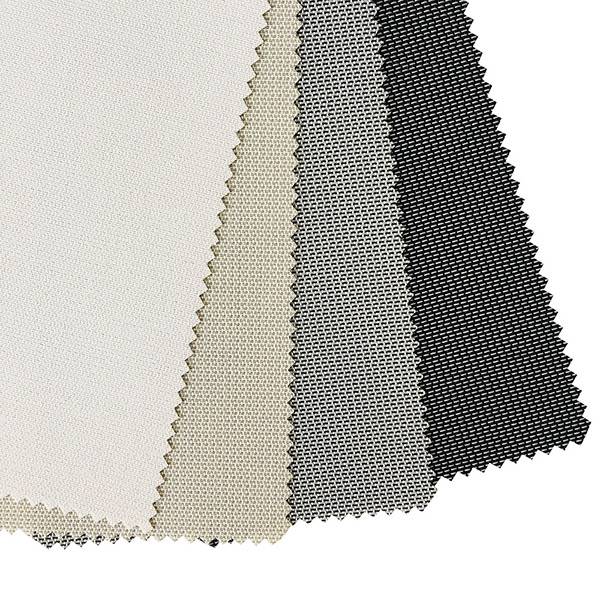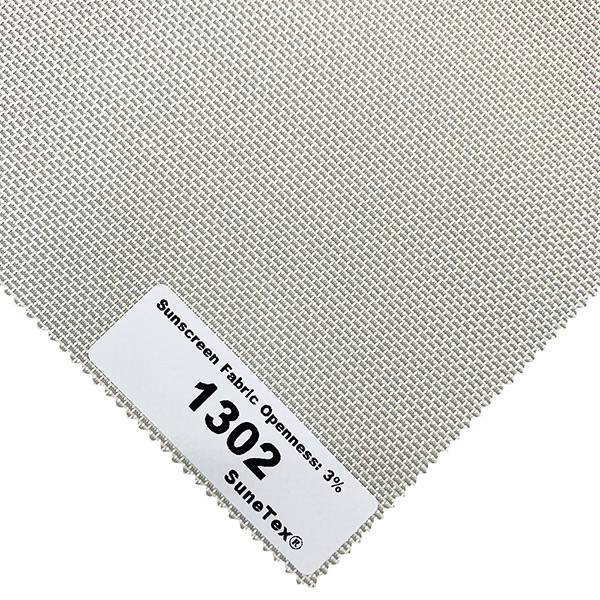The Forbes Home editorial team is independent and objective. To help support our reporting work, and to continue our ability to provide this content for free to our readers, we receive compensation from the companies that advertise on the Forbes Home site. This compensation comes from two main sources. First, we provide paid placements to advertisers to present their offers. The compensation we receive for those placements affects how and where advertisers’ offers appear on the site. This site does not include all companies or products available within the market. Second, we also include links to advertisers’ offers in some of our articles; these “affiliate links” may generate income for our site when you click on them. The compensation we receive from advertisers does not influence the recommendations or advice our editorial team provides in our articles or otherwise impact any of the editorial content on Forbes Home. While we work hard to provide accurate and up to date information that we think you will find relevant, Forbes Home does not and cannot guarantee that any information provided is complete and makes no representations or warranties in connection thereto, nor to the accuracy or applicability thereof.
The sun may be great for helping us get a tan and keeping the planet warm, but it certainly takes a toll on our automobiles both inside and out, especially when parked outside. Thankfully, windshield sunshades exist to help keep the interior cool and protect the more fragile interior parts. Sunshades serve two main purposes: Not only do they alleviate any hot suffering when returning to your parked car’s interior, they also help to protect the upholstery and trim against the damaging effects of ultraviolet (UV) rays. Silver Backing Sunscreen Blinds Fabrics

We’ve all seen badly discolored, cracked and dried-up plastic dash pads. That’s because UV rays and exorbitant heat wreak havoc on interior materials, including leather, vinyl, plastics, fabrics and carpets. In addition to the aesthetic effects, it also causes materials to evaporate and release volatile organic compounds, or VOCs, and that’s not good.
Additionally, as the sun beams down on your vehicle, the cabin’s windows also create a greenhouse effect, trapping heat inside the vehicle. Under direct sunlight, the ambient temperature inside the cabin can climb by as much as 75 degrees Fahrenheit in under an hour, according to a study published by the National Institute of Health.
The sunshade is a low-tech, low-cost product that both combats heat and prevents UV damage. Typically about $20 or less, it’s a simple rectangle of fabric, or a combination of fabric and plastics (cardboard seems passé), that unfolds to fit across your windshield and block the sun’s rays. Some of the products include a warning: Not to be used while driving. But this should be obvious, given that they obstruct the forward view.
Do windshield sunshades work? They do! As shown in this video test, a car that heated up to 120 degrees Fahrenheit on a sunny day saw its interior temperature drop to 92 degrees after a $20 sunshade was installed. It’s an easy purchase, here are the best picks.
EcoNour Car Windshield Sun Shade
UV protection, fits most cars, multiple size options
EcoNour Car Windshield Sun Shade
Reflective polyester material, steering wheel cover and storage pouch included
JASVIC Car Windshield Sun Shade
Multiple size options, 10-unit skeleton frame, anti-UV and anti-heat umbrella design
JASVIC Car Windshield Sun Shade
EcoNour’s sunshade is a simple two-piece that folds up quickly into the included carrying case. When put to use, it can—the company claims—reduce interior temperatures by as much as 40 degrees Fahrenheit. There are five sizes, ranging from 59-by-29 inches to 69-by-35. Folded, it should fit into a door pocket or under the seats. The product is rectangular with circles of high-density 230T (a polyester taffeta used for lining clothes, umbrellas and bags) on either side, supported with wire to hold it in place.
Ontel Brella Shield Car Windshield Sunshade
The novelty here is that, instead of simply unfolding, the Ontel Brella opens like its namesake, the umbrella. It’s very simple to use: Just pop it open and fit it in place. After use, click the latch and the Brella shrinks back down into a size (less than 1 square foot) that will actually fit into the glovebox or side pockets. We also tip our hats to other alternatives by EcoNour, Jasvic and Bogi.
McButy’s sunshade costs more but it promises greater protection. It’s 0.12 inches thick and made of five layers: a reflective aluminum foil, two layers of honeycomb bubble insulation, a second type of insulating layer and then another outer layer of foil. It uses stronger-than-usual dovetail-type suction cups to ensure a good fit with the windshield. Like other sunshades, it folds for easy storage when not in use.
SEINECA offers an excellent alternative to the umbrella and fold-out style sunshades as its design utilizes a retractable accordion-style construction. One simply mounts the unit onto the windshield using the included suction cups and when secured, users can then stretch out the sunshade across the windshield, using another suction cup at the extendable end. When not in use, it can retract back to the housing assembly—think of it as an accordion-style window shade, but for your windshield.
Polarized Sun Visor Sunshade Extender
This product is quite different from other sunshades as it’s designed to reduce the sun’s glare when you’re actually driving. The sun visors on many cars (the Mazda Miata, for instance) are too small to make much of a difference, but Sailead makes a sunshade that straps with Velcro onto the existing visor and increases sun blockage (all UVA and UVB light rays with wavelengths up to 400 nanometers) 10 inches down and 10 inches to the right via a sliding extender. What the company claims is “NASA polarizing technology” filters out reflected light and glare the same way sunglasses do.
A car sunshade keeps the car cool when parked in the sun and also protects the seats, dash and materials from sun exposure. Most are easy to set up and fold out, retract or open like an umbrella. All are modestly priced and claim to reduce interior temperatures by at least 15 degrees or more. A select few can be used while driving to provide shade on the go. We focused on price, ease-of-use and fit in the car no matter if you have a small hatchback or hulking SUV.
We evaluate all car sunshades based on these weighted metrics:
It breaks down into two options: reflective and non-reflective. The reflective type reflects the sun’s light back out, and the non-reflective absorbs sunlight. Both will reduce the temperature inside the car, but reflective versions tend to work better.
Additionally, the folding and storage mechanisms vary. The typical sunshades fold up like an old-school map or are made of polyester material with internal cords or wires. There are others that also retract into a reverse-umbrella-like state, like the Ontel, and others that simply retract like a folding window shade, such as the SEINECA.
Indeed, it’s a simple solution with big benefits. Tests show the interior temperature can be reduced by 30 degrees Fahrenheit or more. Americans who live in the south and southwestern states enjoy vehicles that don’t rust, but they also see heavy depredation from the sun in the form of discoloration, dried-up rubber seals, dash pads (which can reach 200 degrees Fahrenheit on hot summer days) cracked into relief maps and splitting leather seats. These sunshades won’t help window seals, but they’re very effective against dash cracks and seat disintegration.
This is another great reason to reduce your exposure to UV light, and why a beefed-up sun visor makes sense. According to the U.S. Centers for Disease Control and Prevention, skin cancer is the most common form of cancer in the U.S., and one in five Americans will be diagnosed with a form of it. Prolonged contact with UV rays is a big risk factor. Shorter-wavelength UVB light causes most sunburns, but it won’t come through a window. Longer-wavelength UVA will come through, and it’s the major risk factor while driving.
If you have sensitive skin or an increased risk of skin cancer, it may be helpful to also consider side-window see-through sunshades, though these can affect outward visibility.
No sunshade lasts forever, you big spender. But then, no sunshade (in this evaluation) costs more than $30, so replace it when it starts to show the effects of too much sun exposure.
Have no fear, the marketplace will accommodate you, the imagery available on shades ranges from cute dogs and cats to characters from, “The Golden Girls,” “Star Trek,” “The Office” and even the art of Vincent van Gogh. The cool imagery will not help protect your car, however.
Jim Motavalli is a veteran automotive journalist and author of nine books whose work has appeared in The New York Times, Barron's Penta, Car Talk, Autoweek and Media Village.

Sunscreen Fabric For Patios Since picking up my first set of MicroMachine toy cars as a toddler, I knew I had a passion for automobiles embedded in my soul. After graduating from Rutgers University in journalism, I’ve devoted my career to becoming a professional photographer and emerging voice in the car industry with columns at Automobile Magazine, MotorTrend, Hagerty, DigitalTrends.com/Cars, GearPatrol, and beyond.